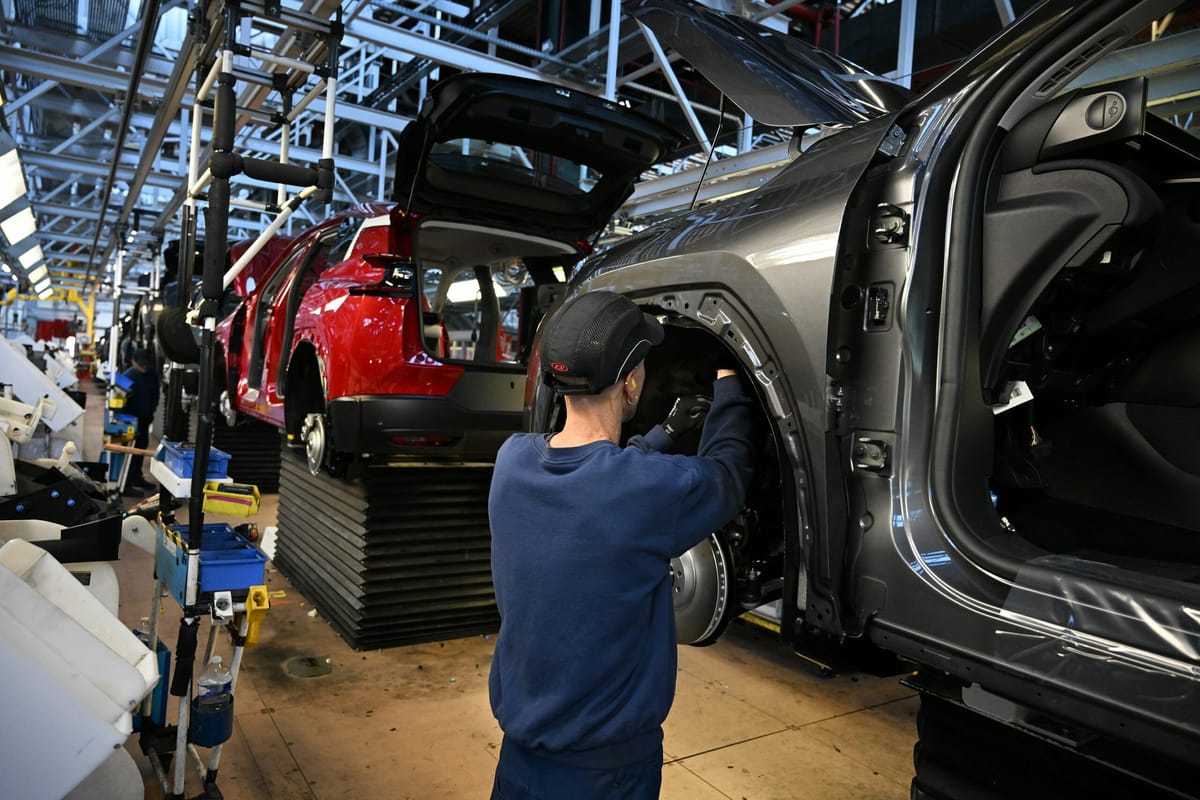

In a major reorientation of its North American operations, automaker Stellantis has announced it will shift production of the Jeep Compass from Brampton, Ontario, to a plant in Illinois. At the same time, the company unveiled a US $13 billion plan to expand manufacturing in the United States and create more than 5,000 new jobs over the next four years.
The move has triggered concern from Canadian federal and provincial governments, unions, and industry watchers, raising urgent questions about job losses, regional economic impacts, and Canada’s long-term role in the North American auto sector.
What Stellantis is doing and why
Stellantis frames the relocation as a defensive response to U.S. trade policy. The company says rising tariffs on vehicles and parts made outside the U.S. are eroding margins and incentivizing reshoring.
Under the plan:
- The Jeep Compass will be assembled in Illinois rather than Brampton.
- The $13 billion investment will support five new vehicle launches and expanded operations in Illinois, Michigan, Ohio, and Indiana.
- Stellantis says the move will add over 5,000 U.S. jobs total.
While the company stresses continued commitment to its Canadian facilities (including a third shift in Windsor) and promises “plans for Brampton” still to come, the optics are stark.
The likely Canadian impact
Direct job losses at Brampton, and beyond
The Brampton Assembly Plant has long been one of Stellantis’s key Canadian hubs. In 2022 it employed around 3,045 workers. Reports suggest that shifting Jeep Compass production could put as many as 3,000 Canadian jobs direct jobs in the assembly facility at risk.
But the broader fallout extends well beyond the plant itself. Analysts estimate that up to 10,000 additional jobs in the parts-supply chain; stampers, interior trim, logistics, and component manufacturers, may also be vulnerable.
In fact, in union and industry discussions, the Brampton operation is often understood as an anchor for a network of suppliers in southern Ontario whose output depends on stable assembly volumes.
Regional concentration of pain
The heart of the impact is Ontario, especially around the Greater Toronto Area, where Brampton sits. Ontario accounts for about 40 percent of Canada’s GDP, and the auto industry is a linchpin in its industrial base.
The Windsor area may face ripple effects as well, since Stellantis is reportedly adding a third shift at Windsor to expand production of electric vehicle batteries. That may somewhat cushion Windsor but likely cannot absorb all displaced workers.
Elsewhere in Canada, the job loss would be more tenuous because most other Stellantis facilities (and major auto supply clusters) already align closely with assembly operations in Ontario. The provinces with denser manufacturing clusters (Quebec, British Columbia, and Alberta) would be less directly impacted by this specific move, though broader shifts in auto investment and supply chains could still reach them.
This post is for paying subscribers only
Subscribe now and have access to all our stories, enjoy exclusive content and stay up to date with constant updates.
Already a member? Sign in
